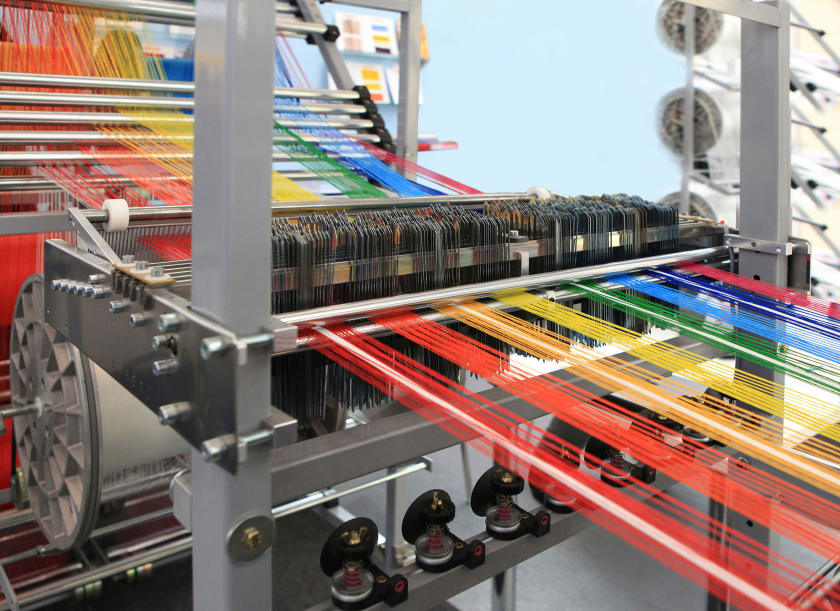How Technology is Transforming Traditional Manufacturing Companies



Efficient Planning

Every industry requires efficient planning especially the manufacturing companies. Textile production planning helps the manufacturers to map out the complete chain of events, starting from raw material to transformation into the final final product. Efficient planning helps lessen the wastage which leads to better productivity. Moreover, of course, the benefits of having a minor influence on the environment include fewer emissions, less waste, and more efficient use of resources like energy, water, and raw materials. These benefits are beneficial to both the environment and the economy. The digital revolution helps manufacturers save money on their operations. The Internet of Things (IoT) assists manufacturing companies in diagnosing and resolving problems, hence minimizing downtime. Manufacturers can get various benefits from connected gear, including the ability to diagnose problems before they occur and arrange repair during downtime, which results in advances in productivity.
Increased precision and consistent quality

The manual and redundant process has been automated over time, it has helped lessen the error rates and product failures, overall reducing huge costs that was historically faced by manufacturers. The use of an increased number of sensors, automated testing methods, and the maintenance of quality control throughout the production process are all ways that manufacturers can make goods of a higher quality. Manufacturers can adjust any manufacturing line using the Pareto principle (and the knowledge gained through machine learning) to eliminate errors and improve procedures.
Improved sustainability practices

Technology has made it possible for traditional manufacturing to adopt new, more sustainable methods of operation with improved/alternative raw resources and less waste. The vast majority of organizations in the manufacturing vertical have not considered how technology is facilitating the implementation of environmentally friendly practices that have the potential to have a positive impact on both economic growth and the natural environment. Due to the digital transition, which has been primarily driven by artificial intelligence and automation, sustainability has become achievable. This change compliments notions of circular economy, adaptive reuse, and material efficiency. Businesses recognize the benefits of sustainability programs, stating that these initiatives boost consumer loyalty. As a result, both businesses and the consumers who purchase their products consider it vital to analyze both the environmental impact of a product and the influence of its manufacturer. However, this is one of many examples demonstrating customers' increased importance of ecologically sustainable operations. In fact, it can also be said that industry players who embrace more sustainable practices can gain a competitive edge in the marketplace. In the manufacturing industry, sustainability serves as an incentive for numerous businesses, most of which are currently considering whether to pass the threshold.
Predictive maintenance

A substantial amount of cash is lost due to the sudden breakdown of machinery. Technology enables us to anticipate maintenance tasks in advance. AI provides a system that continuously learns and evaluates the performance of a machine by analyzing data and making slight improvements to performance. This is achieved through the use of "deep learning" by AI. When it comes to forecasting when an issue may develop, technology is significantly more adept than humans. AI technologies can do this, and as a result, they can identify any issue at an early stage, allowing businesses to anticipate the problem before it becomes more severe. According to a McKinsey survey, companies who have implemented predictive maintenance in their factories have seen a 10% to 40% reduction in the amount of downtime their equipment encounter, as well as a reduction in the amount of money spent on maintenance. It is anticipated that the use of predictive maintenance will increase over the next several years, and as a result, organizations will enjoy lower maintenance costs and improved efficiencies.
Better customer interaction

Historically, manufacturing units operated in isolation with a significant amount of communication channelled via agents. Traditional customer engagement methods are dramatically impacted by IoT and AI technologies, which is an important aspect for every industry. By facilitating open and transparent communication between manufacturing companies and their consumers in real-time, the expanded service offering can reduce the amount of dissatisfied or angry customers. Using IoT, remote upgrades may be performed, and if a product exhibits indicators of having a defect, customers can be notified much more rapidly. In addition, IoT can be used to execute remote upgrades if they are required. Real -time communication provides better interactions between customers and manufacturers. These ongoing developments in technology has helped numerous industries and majorly the manufacturing industry. All of these aspects lead to the construction of a system that is more effective and efficient when it comes to advising and aiding consumers, as well as providing services of a higher quality. If these technologies are routinely deployed, the manufacturing industry will substantially benefit from their continuous acceptance.



















